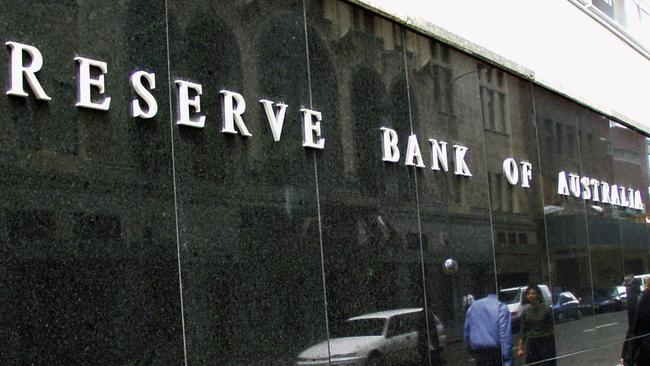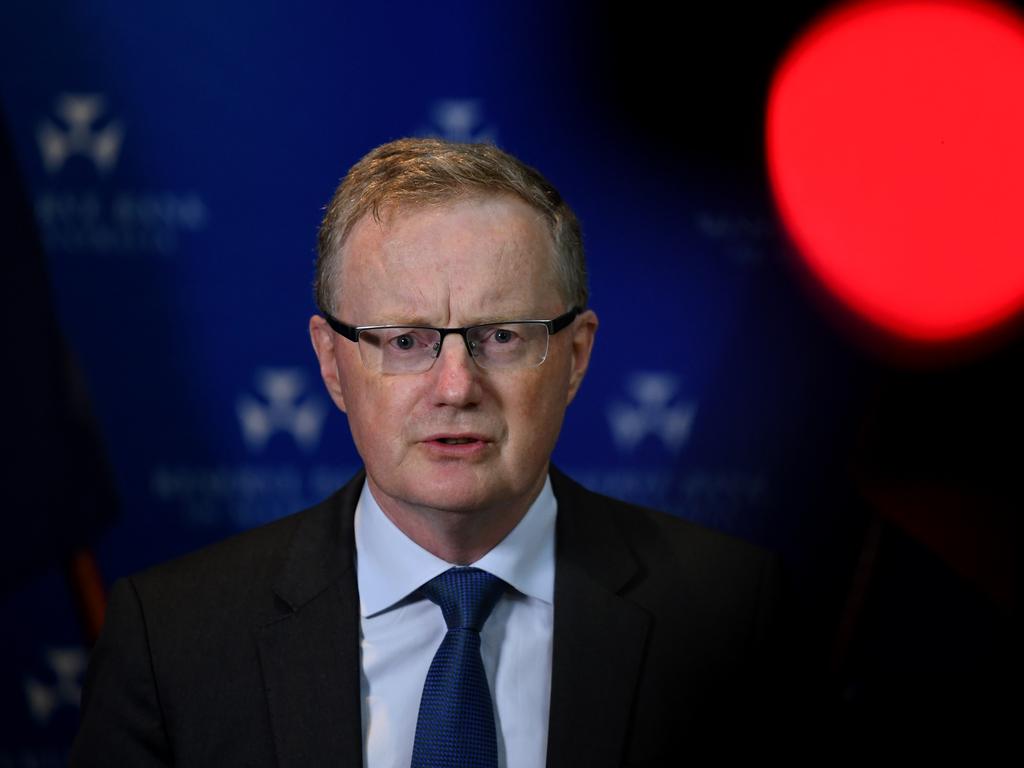Reserve Bank keeps official cash rate on hold 0.25% at May meeting
RBA keeps rates on hold, with little prospect of a change while the economy grapples with a ‘baseline scenario’ of 10 per cent unemployment.

The Reserve Bank Board has kept the official cash rate on hold at a record low of 0.25 per cent on Tuesday, signally little prospect of a change while the economy grapples with a huge slump in economic activity that includes a basline scenario of 10 per cent unemployment.
As the ABS released figures showing the total number of jobs had fallen over 7 per cent since mid-March, the RBA board met in discuss how the economy was likely to evolve in the next few months.
“The Board will not increase the cash rate target until progress is being made towards full employment and it is confident that inflation will be sustainably within the 2–3 per cent target band,” the RBA said in a statement accompanying the decision.
“In the baseline scenario considered by the board, the unemployment rate peaks at around 10 per cent over coming months and is still above 7 per cent at the end of next year. A lower unemployment rate than this is possible if the reduction in labour demand is accompanied by a larger reduction in average hours worked, rather than by people losing their jobs.”
The bank for the first time also said it would accept corporate – in addition to federal government - bonds as collateral from banks in return for cash “to assist with the smooth functioning of Australia’s capital markets”.
Since its last board meeting, the RBA has bought $12.3bn in new federal state and government bonds, bringing the total since it launched quantitative easing in March to just over $50bn.
Last month RBA governor Philip Lowe said economic output was likely to fall around 10 per cent in the first half of the year while total hours worked would shrink by 20 per cent.
The RBA’s May rates announcement came hours after Treasurer Josh Frydenberg addressed the national press club in Canberra, where he signalled a gradual lifting of restrictions on economic activity.
For every additional week the current restrictions remain in place, it is estimated the nation will see close to a $4bn reduction in economic activity from a combination of reduced workforce participation, productivity, and consumption, he said. “This is equivalent to what around 4 million Australians on the median wage would earn in a week,” Mr Frydenberg said.







To join the conversation, please log in. Don't have an account? Register
Join the conversation, you are commenting as Logout